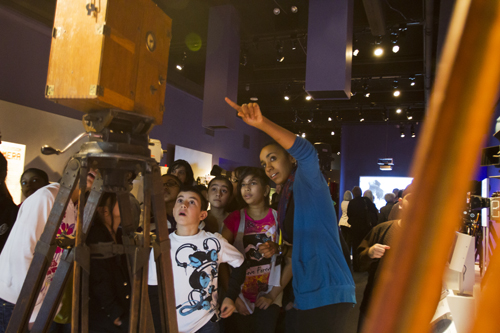
بخش 1 از آموزش و پرورش در سری فیلم
پارسال, the Museum of the Moving Image in Astoria, New York saw 50,000 دانش آموزان و 5,000 teachers from 13 different states and 12 different countries walk through its doors — an increase of nearly three times in school group attendance since 2001.
While the Museum of the Moving Image (the only museum in the United States dedicated to exploring the art, history and technology of the moving image) believes the growth can be accredited to its rapid expansion and innovative, cutting edge programming, it also believes the 21st century technology revolution has substantially increased public awareness of moving images and interest in creating them. The result is that more educators want to include film as part of an arts curriculum.
برخی از 95 percent of teens, 12-17, use the Internet, according to a survey conducted by the Pew Research Center’s Internet & American Life Project به 2011. In that study, 27 percent of teens, 12-17, record and upload video to the Internet. A major difference between this study and one conducted in 2006 is that online girls are just as likely these days to upload video as online boys. A sample of high school students I spoke with all knew what a green screen is, and many confirmed to me they have used the relatively inexpensive software now available to create, enhance and manipulate images. Digital tools have revolutionized the way kids express themselves and the way movies are now being made. “امروز, many kids are editing videos on their mobile devices,” explains Christopher Wisniewski, Deputy Director for Education at the Museum of the Moving Image. “They understand the concept. They don’t necessarily understand why a professional editor might cut away from a scene at a certain point, or change the pace of his or her edits, or use a specific transition. به طور فزاینده, the goal is to bridge the gap between a basic knowledge of the tools and process to a richer understanding of how each decision made affects the product — and the audience.”
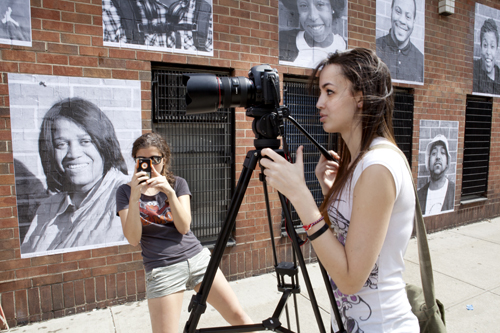
در اکتبر 2009, a partnership between Mayor Bloomberg’s office of Media and Entertainment and Tribeca Films resulted in the creation of the first Blueprint for Teaching and Learning in the Arts: The Moving Image. According to the Department of Education, one hundred teachers representing about 60 schools with a range of film and media programs have since participated in the Moving Image Blueprint training and support. The schools represent grades pre-kindergarten to 12, as well as special needs schools. I asked Beth Janson, Executive Director of the Tribeca Film Institute, پل شاه, Executive Director of the Department of Education’s Office of the Arts and Special Projects, and Chris Wisniewski, Deputy Director for Education at the Museum of the Moving Image, to share their insights, including some of the challenges they face when educating students in film.
بث, what do you want children to gain from a moving image education?
The Tribeca Film Institute (TFI) youth education programs give students the knowledge and tools to create works of art through storytelling – transforming them from passive consumers of media to thoughtful creators and designers of it. With the rapid shift of technology, students often arrive at school as informal media producers through various Internet channels and daily engagement with computers and mobile devices. Knowing this, we challenge our students to re-examine how they think about the media messages they are confronted with every day, and in the process, create learning experiences that can bridge social and cultural differences, and create a sense of community among students. Moving image education is also essential in preparing students for career and college readiness, and we hope to help students develop a fluency in technology skills that will be paramount to their future success.
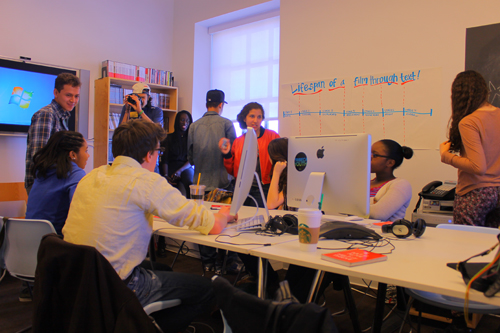
What were the key elements built into the curriculum?
The Blueprint curriculum was not developed to provide step-by-step instruction, but rather to provide developmental guidelines, suggested learning experiences and resources that will allow teachers to customize these concepts to their classroom’s skill level, interests and available materials.
How are students assessed in this curriculum?
Both students and teachers are asked to complete pre and post-program assessments that measure improvements in critical thinking, ارتباط, teamwork and skills gained. Perhaps the best measure of success for many of these programs are the students’ final projects – they really demonstrate how well students are grasping concepts and making the stories their own.
What is your vision for ongoing film education in educational institutions in the next 5 به 10 سال?
TFI sees the role of film expanding and heightening in purpose and scope. In addition to traditional filmmaking models, as the Internet’s importance increases in student’s lives, there will be a shift towards producing for web spaces and teaching new media skills, including coding and programming. این پاییز, TFI is piloting three programs that integrate this technology with filmmaking at the elementary, middle and high school levels.
علاوه بر این, filmmaking as a medium is expanding in its accessibility through smart phones, and computer-based and Internet-based production tools. Harnessing this student interest and widespread availability of technology, TFI is piloting programs in informal learning spaces in order to meet students outside of the traditional learning track. These spaces include correctional facilities, transfer schools and community organizations, making the instruction of film and new media available to all students, regardless of life circumstance, academic prowess and economic conditions.
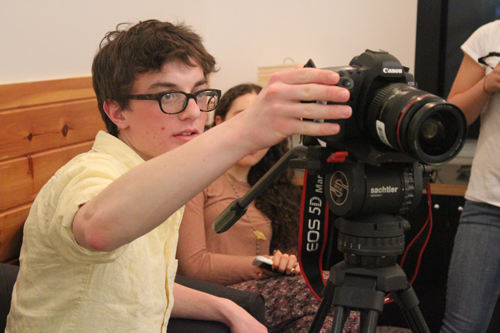
کریس, a changing curriculum requires professional development for teachers in the education system. How has the Museum of the Moving Image contributed to teacher training?
Teacher training has been an essential aspect of what we have done since the Museum’s founding. Outside of media education programs, few teachers have formal training in media production or media studies, but they realize how powerful a tool the moving image can be for teaching and learning. For over twenty years, we have been helping teachers across curricular areas to build the comfort level and expertise they need to bring the moving image into their classrooms.
I also suspect that because young people are so savvy when it comes to media and technology, their teachers might worry about using media in class. It can be quite unsettling for teachers to feel that their students are more adept and have a deeper skill set than they do, so that confidence building is an important part of teacher training.
With the rollout of the Blueprint, we have three teacher training workshops for media instructors. Those workshops were a part of a series that has been developed in collaboration with the Department of Education (DOE), TFI, the Mayor’s Office for Media and Entertainment, and other cultural partners. It’s important for us at the Museum to make certain that the cohort of educators working to adopt the Blueprint knows about the Museum and its resources, and to help create a forum where educators can share their ideas with one another. Educators are often looking for more technical training, but in these workshops, we have tried to emphasize the broader pedagogical challenges of teaching young people how to make media, particularly in the classroom.
پل, what is the Department of Education’s vision for a moving images program over the next 5 سال?
Given that students are increasing facile and familiar with media and creating their own media pieces, we want to provide teachers and school leaders with the content and expertise that they need to assist students to make informed decisions about their own work and the vast amounts of media they encounter.
Creation of original films and animation allows students to have a distinct and powerful voice that honors their own opinions and allows them to explore other points of view and cultures. We aim to assist them in doing this in a responsible and critical manner.
As media programs continue to be developed in New York City Department of Education schools, we will support school-based programs and cultural partners in this work with the goal of increased student media opportunities and ongoing training for teachers.
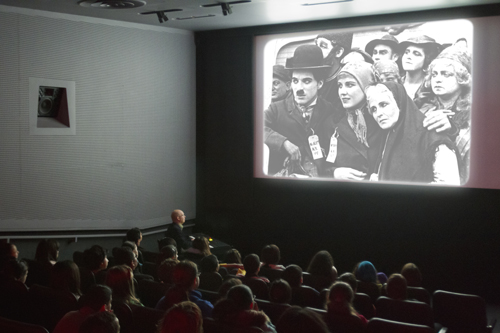
Photos courtesy of the Museum of the Moving Image and the Tribeca Film Institute.
برای مقالات بیشتر در آموزش و پرورش در سری فیلم: اینجا کلیک کنید
منN جهانی جستجو برای آموزش و پرورش, من و پیوستن به رهبران فکری در سطح جهان شناخته جمله سر مایکل باربر (UK), دکتر. مایکل بلوک (US), دکتر. لئون Botstein (US), استاد خشت کریستنسن (US), دکتر. لیندا عزیزم، هاموند (US), دکتر. Madhav Chavan (هند), پروفسور مایکل فالن (کانادا), پروفسور هوارد گاردنر (US), پروفسور اندی هارگریوز (UK), پروفسور ایوان هلمن (هلند), پروفسور کریستین Helstad (نروژ), ژان Hendrickson (US), پروفسور رز Hipkins (نیوزیلند), استاد کورنلیا Hoogland (کانادا), خانم. شانتال کافمن (بلژیک), دکتر. Eija Kauppinen (فنلاند), دولت Tapio Kosunen وزیر (فنلاند), پروفسور دومینیک لافونتن (بلژیک), پروفسور هیو لادر (UK), پروفسور بن لوین (کانادا), پرفسور بری McGaw (استرالیا), Shiv در نادار (هند), استاد R. Natarajan (هند), دکتر. PAK NG (سنگاپور), دکتر. دنیس پاپ (US), Sridhar Rajagopalan (هند), دکتر. دایان Ravitch (US), سر کن رابینسون (UK), استاد PASI Sahlberg (فنلاند), آندریاس Schleicher (PISA, OECD), دکتر. آنتونی Seldon (UK), دکتر. دیوید شافر (US), دکتر. کیرستن همهجانبه هستند (نروژ), صدراعظم استفان Spahn (US), ایو Theze (فرانسه دبیرستان فرانسوی ایالات متحده), پروفسور چارلز Ungerleider (کانادا), پروفسور تونی واگنر (US), سر دیوید واتسون (UK), استاد دیلن Wiliam (UK), دکتر. علامت گذاری Wormald (UK), پروفسور تئو Wubbels (هلند), پروفسور مایکل جوان (UK), و استاد Minxuan ژانگ (چین) به عنوان آنها در پرسش های بزرگ آموزش و پرورش تصویر است که تمام کشورهای امروز با آن مواجه بررسی. جهانی جستجو برای آموزش و پرورش انجمن صفحه
C. M. روبین نویسنده دو مجموعه آنلاین به طور گسترده به عنوان خوانده شده که او دریافت است 2011 جایزه آپتون سینکلر, “جهانی جستجو برای آموزش و پرورش” و “چگونه آیا ما به عنوان خوانده شده?” او همچنین نویسنده سه کتاب پرفروش, محتوی رئال آلیس در سرزمین عجایب.


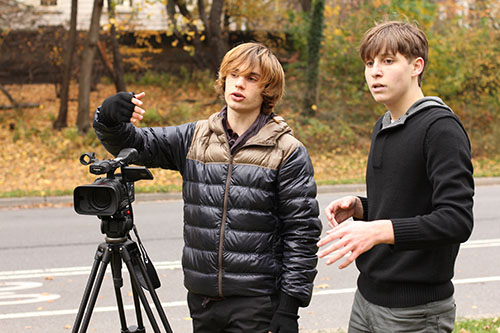
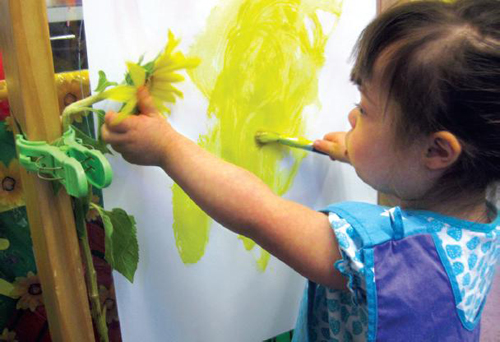
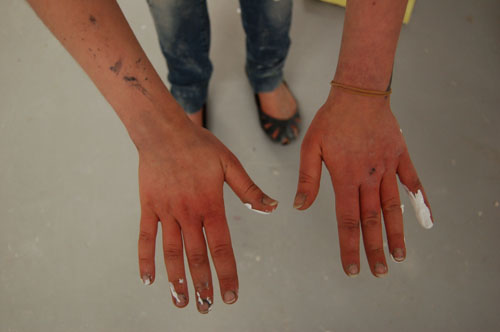
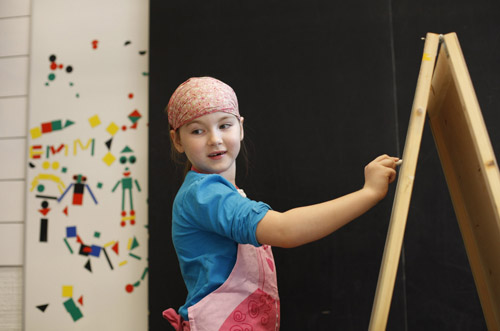
نظرات اخیر